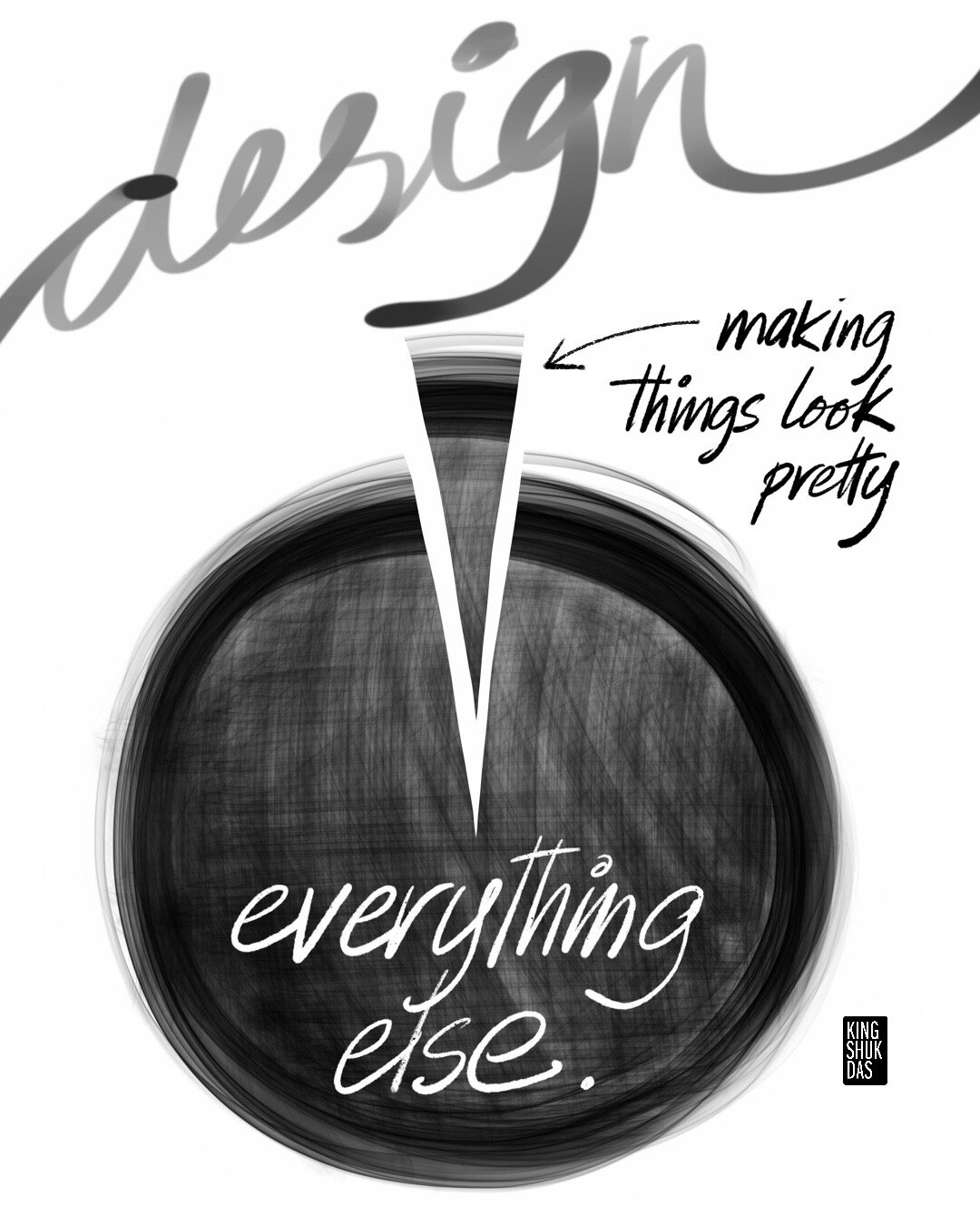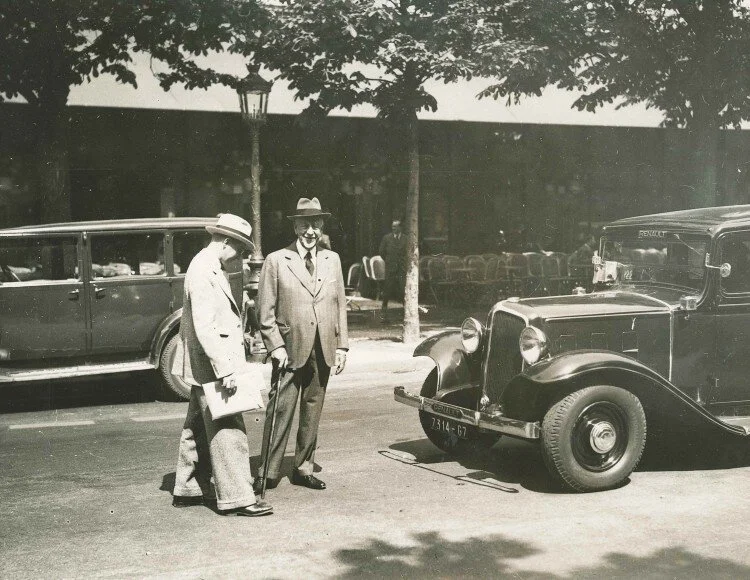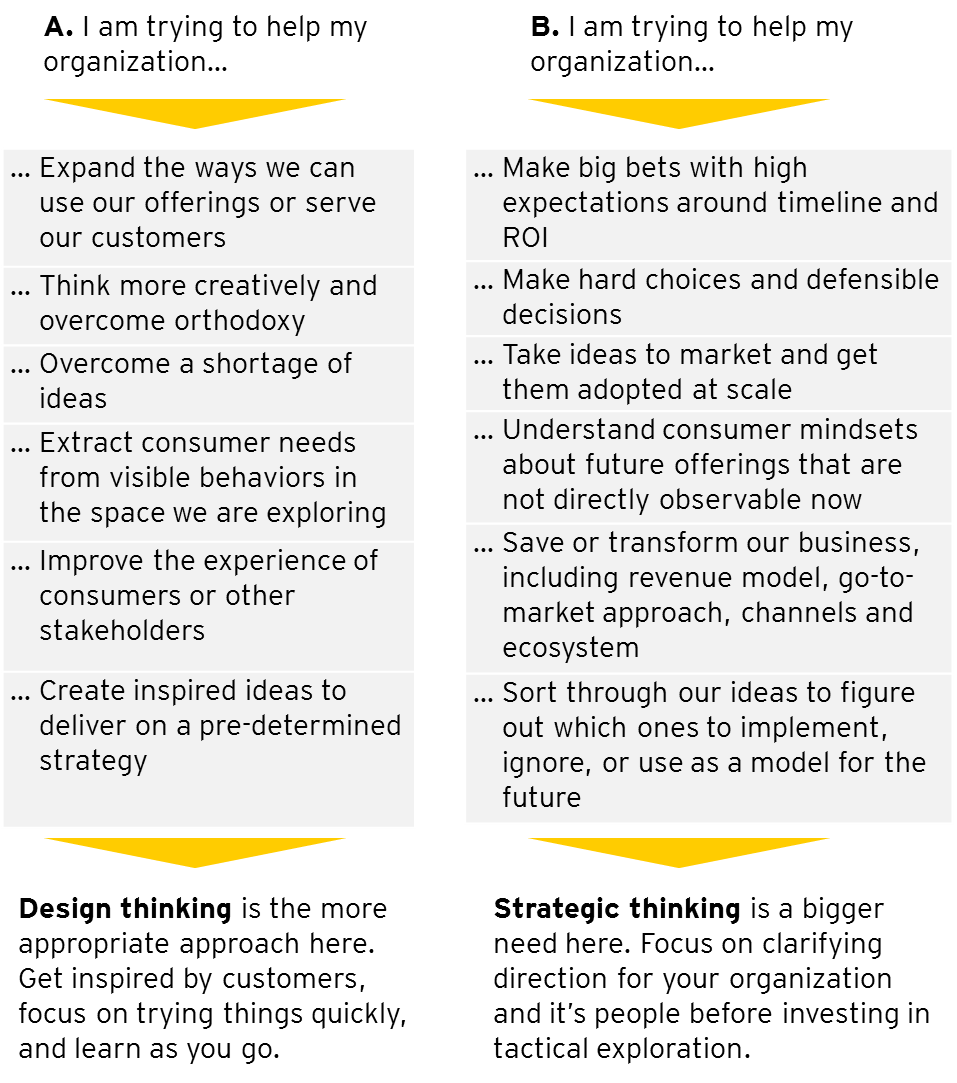A Webcomic About Technology & AI
Best viewed on tablet-sized screens, or larger phones.
© 2023 by Kingshuk Das is licensed under Attribution-NonCommercial-NoDerivatives 4.0 International
MAY 6th, 2023
If you're keeping up with developments in generative AI, you know that the algorithm essentially "hallucinates" its output -- remixing everything it's been fed in random ways -- which we can then tweak to get to something closer to the truth.
Well, we humans can play that game as well :)
Hallucinate, remix, adjust.
This is V1.0 of one such hallucination.
I have always loved comics as a storytelling medium, but I’ve never made one. So this is a debut of sorts.
Backstory, if you’re interested:
We've been playing a long game with technology — every technology we have ever invented.
It started with our first bit of meta magic: the ability to remix concepts & build on them in our minds, and try out new things in the world -- instead of just reacting to external forces. It's the language-based feedback loop of innovation that changed our brains -- from observations to mental models to hypotheses to prototypes…
At each step, the game asked us to make a trade: We got to reduce some of our labor, time, pain, & the unpredictability in our lives, and outsource it to technology. In turn, we gave up things that seemed unimportant, but in hindsight turned out to be ineffable traits that add up to make us the amazing, free-thinking social animals that we are.
That's the way it's always worked, and we've always innovated our way through it.
But this time, with Artificial Intelligence, it feels a bit different.
It feels like we've come full circle. Thinking, writing, reading, talking -- we're giving away the crown jewels. They are hard. It's easier to consume than to think and create. We can offload them to make life easier, or to help us do more. We've always used tech to take the pain away.
But we have to ask -- what if the hard things are (at least partly) what give our lives meaning? How much of the baby are we throwing out with the bathwater?
The smartest people in the world are split on whether to hit the gas or the brakes. I’m agnostic about AI doom or boom prognostications, and mostly interested in how we steer it towards outcomes that make us more creative, and more human, rather than less.
...
There's much more to that, of course.
For now, check out some of the related listening/reading, in case you missed any of these👇
Related Links:
PODCAST/VIDEO EPISODES
Words
Radiolab August 9, 2010 — this will change the way you think about what language does to our brains
A Skeptical Take on the AI Revolution
Ezra Klein + Gary Marcus
Eliezer Yudkowsky interview
&
Ilya Sutskever interview
Dwarkesh Patel (Lunar Society)
ARTICLES/BLOG POSTS
Our greatest invention was the invention of invention itself
Keith Frankish
Whispers of AI’s Modular Future
James Somers
From Bing to Sydney
Ben Thompson
Text is All You Need
Venkatesh Rao
The Tyranny of Convenience
Tim Wu
The Imminent Danger of A.I. Is One We’re Not Talking About
&
This Changes Everything
Ezra Klein
BOOKS:
What Technology Wants
Kevin Kelly
The Beginning of Infinity
David Deutsch
Philosophy of Technology (Anthology)
Edited by Scharff + Dusek
Sapiens
Yuval Noah Harari
The Knowledge Illusion
Sloman + Fernbach
Understanding Comics
Scott McCloud










































































